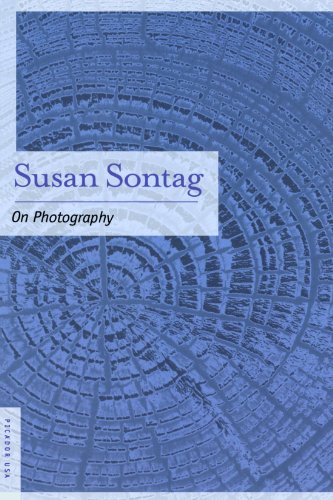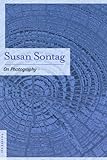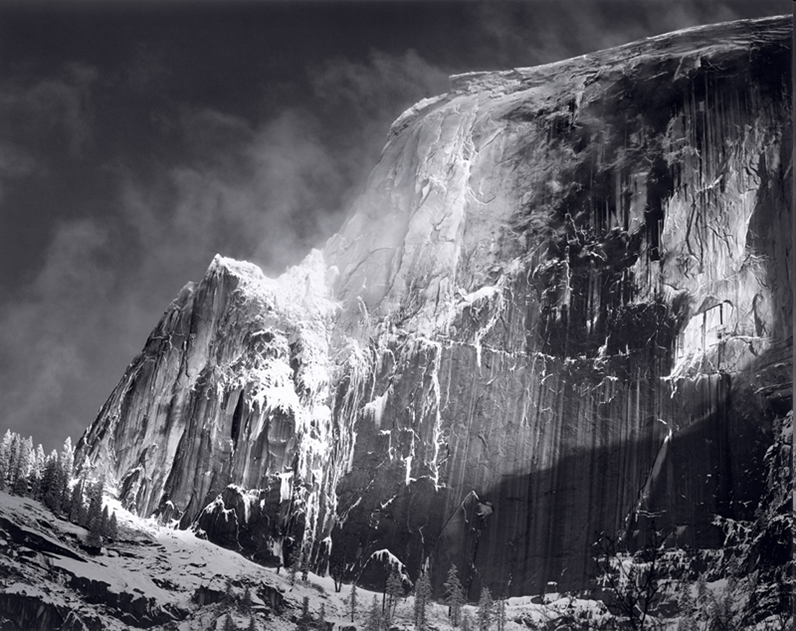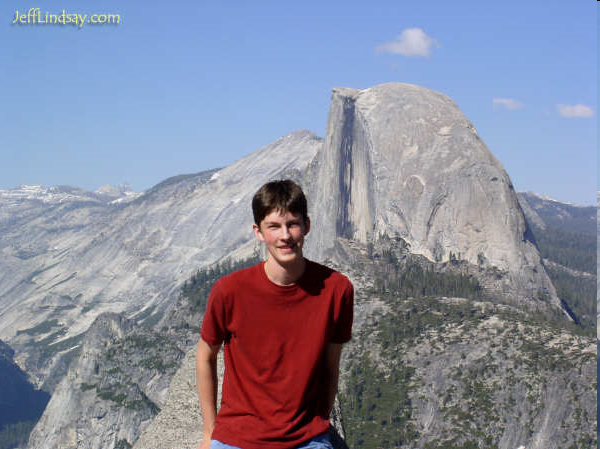
Why On Photography Matters
Sontag’s On Photography is one of the most quoted academic works on the subject of photograph, and generally comes up any time you’re having a serious discussion about photography. I recently read it while developing an aesthetics class that is going to focus on questions about what art and beauty are. Photography is one of the topics we’re going to cover while discussing those issues, and this book addresses those issues, and a few others, quite nicely.
Photography as Work
Photography is not practiced by most people as an art. It is mainly a social rite, a defense against anxiety, and a tool of power… Using a camera appeases the anxiety in which the work-driven feel about not working when they are on vacation and supposed to be having fun. They have something to do that is a friendly imitation of work: they can take pictures.
Beauty Matters
Nobody ever discovered ugliness through photographs. But many, through photographs, have discovered beauty… What moves people to take photographs is finding something beautiful. (The name under which Fox Talbot patented the photograph in 1841 was the calotype: from kalos, beautiful.) Nobody exclaims, “Isn’t that ugly! I must take a photograph of it.” Even if someone did say that, all it would mean is: “I find that ugly thing… beautiful.” – Sontag
Last week we discussed the importance of beauty for Plato – it’s a way to discover the Ideal Form of Beauty and thus move closer to knowledge.
Sontag makes the argument that photography can be a way for many people to discover beauty, in a way very similar to what Plato is talking about. Sontag goes so far as to say that if we’re taking a picture of something ugly, it’s because we see something beautiful within what is normally perceived as ugly. In that way, photography is perhaps better than any other medium at helping us discover what is beautiful.
“A great photograph has to be a full expression of what one feels about what is being photographed in the deepest sense and is, thereby, a true expression of what one feels about life in its entirety.” – Ansel Adams
Adams believes that by taking a photograph we can express ourselves. We can express what we really see as beautiful in the world. By photographing we can express, develop, and share our idea of beauty.
Photography and the Way We See the World
An event known through photographs certainly becomes more real than it would have been if one had never seen the photographs… But after repeated exposure to images it also becomes less real.
However, this expression of beauty leads to what I find the most interesting about Sontag’s work. She claims that often, the things we see in a photograph can seem more real than the actual thing itself!
This sounds strange, but consider these two images, both of the Yosemite Half Dome:
Although both images are photographs and both express a particular vision of the photographer, the first image probably much closer to what we would actually see when we go to Yosemite.
Although I don’t want to delve into a full discussion about what art is here, the second image, by Ansel Adams, is probably much more likely to get described as art. There seems to be more intention behind it, more of an aim to express the natural beauty of the dome in more prominent ways.
When photographers are able to capture everything in the world this way, we experience reality… beautified in a way.
Knowing a great deal about what is in the world (art, catastrophe, the beauties of nature) through photographic images, people are frequently disappointed, surprised, unmoved when they see the real thing… Photography is the reality; the real object is often experienced as a let down.
In other words, at first, photography points out the beauty in the world, but at the same time it strips away the beauty we can experience in the real world.
So what is Sontag’s suggestion? It’s not much of one, admittedly. She paints a pretty bleak picture that we’re diving back into the shadows of Plato’s cave. Her best suggestion is that we stop taking and consuming so many images.
All in all, this is an interesting read, and if you’re at all interested in photography, I highly recommend it.
What do you think about Sontag’s argument?
For Further Reading:




3 comments